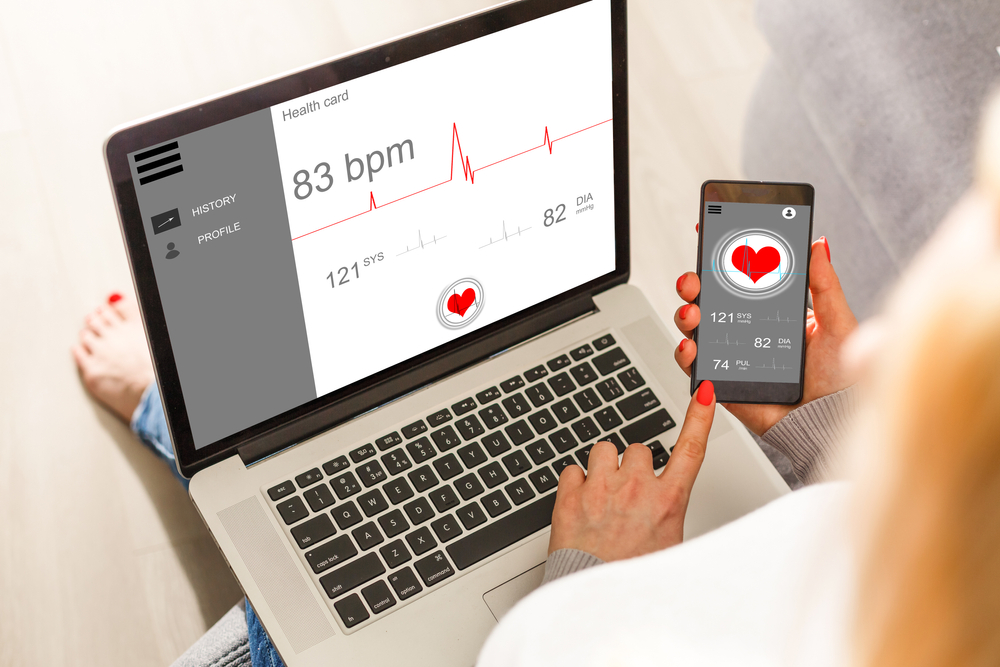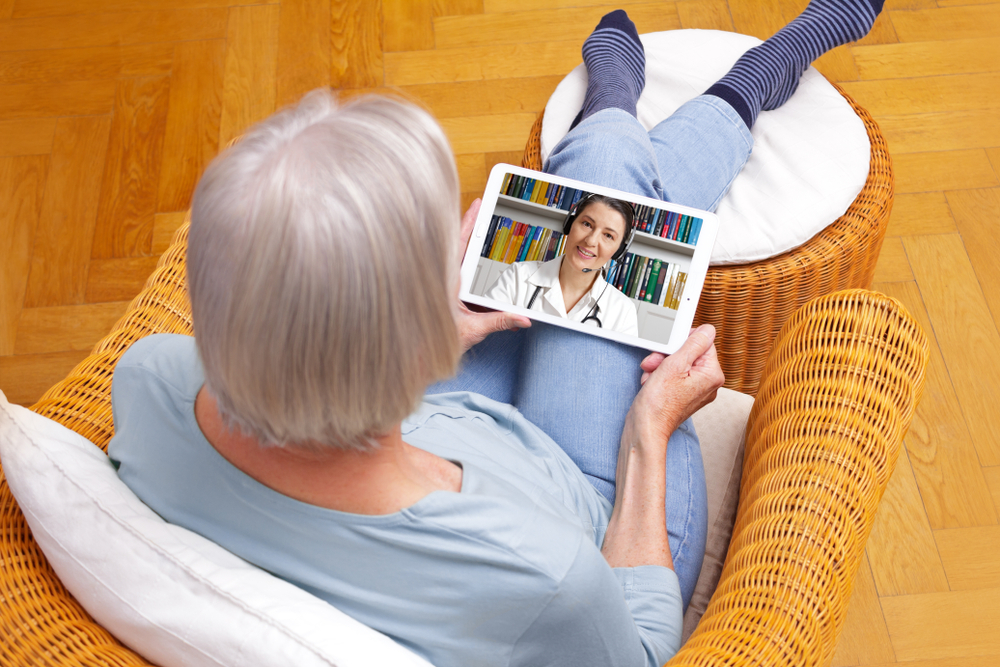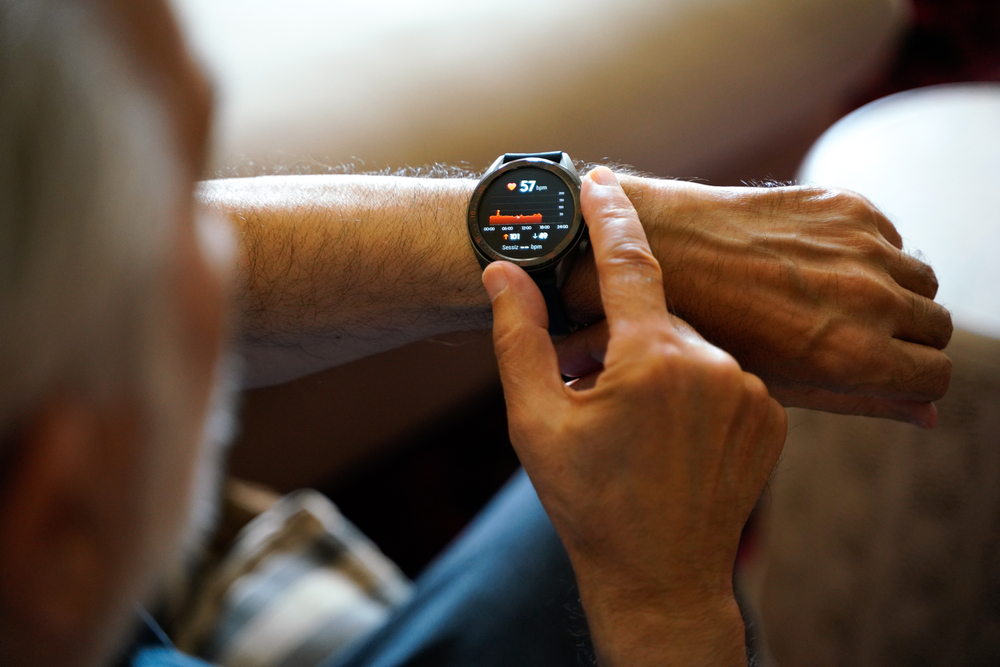Senior living homes are always on the lookout for ways to ensure that older adults are safe and well cared for. That’s why most of them embrace modern-day technologies like wearables, medical-alert systems, and other easy-to-use devices. These and other technologies help ensure assisted living residents get a quality level of care that’s affordable and adaptable to modern life.
A 2018 survey by the International Council on Active Aging reveals that assisted living homes are shifting from a care-first mindset to a wellness lifestyle. About 60% of respondents in the survey said their communities would be based on a wellness lifestyle with options for care by 2023. Wellness trends in an assisted living community are diverse. They include everything from timed medication dispensers to smart lights, fitness equipment and other specially designed senior living advances.
As always, patient care and wellness is the priority. Thankfully, 21st century technology also provides breakthrough benefits for those who manage assisted living homes. Easy-to-use advances enable significant improvements in customer care, marketing, and communication. For instance, today’s technology makes it quick and simple for senior living homes to work with call centers to connect with potential clients. The same technology can even help free up their all-important teams. The assisted living market is now more competitive than ever. This creates a greater need to have a more public-facing component to their sales and marketing efforts, so they can stand out from the pack. Today’s technology can give you this edge.
21st century technologies for assisted living
Today’s senior care homes always keep a close eye on cutting-edge technologies and upcoming breakthroughs in research. This is crucial in gaining an edge in the competitive market. Some common 21st-century technologies that assisted living facilities can use are:
Call centers to stay connected with potential residents
Many assisted living homes fall short in their marketing efforts. This is partly because they don’t have the right person to explain the value of what they offer to a potential customer. Call centers can solve this problem. For starters, they are available to answer questions and offer quality customer support 24/7. They also have a trained staff that will keep up with customer expectations. Top contact centers like Bay Alarm Medical take the stress out of the process. They communicate the right message to help customers make informed decisions. There is no replacement for skilled nursing care.
Digital platforms to market the business
Senior living homes need a steady stream of residents to succeed. That’s why the importance of marketing can never be overstated. Luckily, 21st-century technologies like mobile devices, computers, and the internet make it easy to connect, educate and attract prospects. Assisted living communities are now creating websites, managing their online reputation, and using social media to gain an edge in the market. Some are even providing virtual tours of their amenities. Computer-aided modeling lets prospects “tour” the facility to get an idea of what the home is all about.
Telemedicine for the convenience of residents
Telemedicine is one of the fastest-growing segments of 21st-century technologies. A survey of 22 senior living providers by Senior Housing News found that telehealth is used for various services. In the survey, 75% of respondents said they were using telehealth for primary care. About 45% said they used it for emergent health issues and 30% for behavioral or mental health.
Most assisted living communities lack on-site expertise, which limits the on-site care options. So when a medically fragile, older adult develops simple issues, they may have to be transported to hospitals. Unfortunately, this may disrupt theiir routine, cause confusion, or expose them to viruses. Telemedicine addresses such challenges effectively.
Telemedicine offers convenience – something that many adults age 50 and over are interested in. It eliminates the discomfort of long drives and waits in the doctor’s office. Additionally, it can connect on-site staff to specialized medical expertise rather than moving a sick resident to a hospital. One study revealed that minimizing transportation costs for an in-person doctor visit can save long-term care homes $479 million each year.
IoT wearable devices and sensors
Many graying adults live at home. Most are lucky enough to get home care services from loved ones or caregivers. But aging involves decreased strength, stamina, and mobility. This increases the risk of progressive disability, a fall occurring, and the need for assisted living services.
Wearable technologies allow assisted living homes to monitor different parameters. These include frailty, body temperature, blood pressure, oxygen saturation, ECG, BCG, posture, heart rate, etc. They track residents’ physical activities and behaviors along with their biochemical and physiological parameters throughout the day. This way, they can tell when a condition or injury needs immediate health care. IoT wearable devices are highly portable and can attach to anything. They can be attached to eyeglasses, earrings, shoes, watches, gloves, and clothing.
In an assisted living community, wearable sensors allow caregivers to increase safety, improve quality of life and avoid false alarms. They also help monitor how efficiently the seniors are going about their daily tasks – like grooming or cooking in their houses or eating in the dining rooms.
Tech that detects falls
As seniors age, they become more susceptible to slips and falls. The CDC reports that 50 – 75% of residents in nursing homes fall each year. This is twice the rate at which other seniors fall when not living in nursing homes. According to CDC, 24% of falls happen due to muscle weakness and 16-27% due to environmental hazards. Other common causes include medication and difficulty in moving from one place to another.
This is why assisted living homes embrace fall detection technologies to help monitor senior activities at all times. Such systems ensure that adults get immediate help, should they slip and fall. Medical alert systems like these can be a lifesaver, considering about 1,800 people in nursing homes die from falls each year. Senior homes also include grab bars in the bathrooms, railings on both sides of stairs and they ensure that every area is well-lit.
Technology can extend seniors’ ability to live independent and vibrant lives after injury or chronic illness diagnosis. As the baby boomers roll into their golden years, it’s evident that nursing homes need fresh approaches to improve a senior’s quality of life, as well as the ability to control costs. Technology can do both. Seniors can look forward to living their golden years in a more autonomous and healthier environment. Moreover, most importantly, it provides the peace of mind of knowing that the seniors are safe.
John is a highly respected and seasoned C-level sales, operations and general management executive, with decades of proven success in growing sales and profits while vastly improving operational disciplines.








